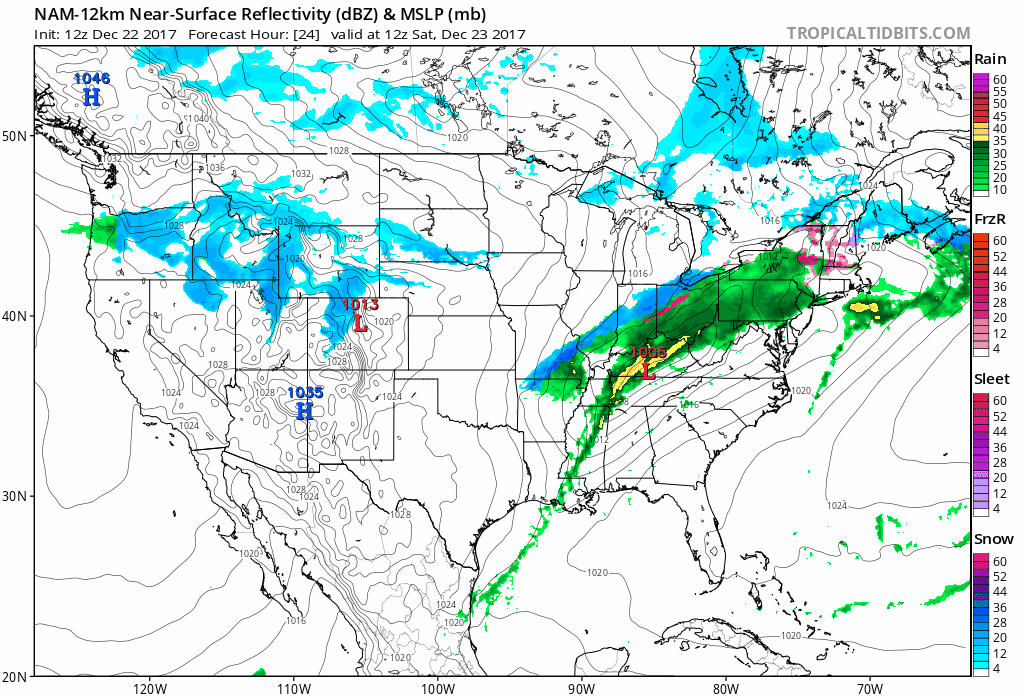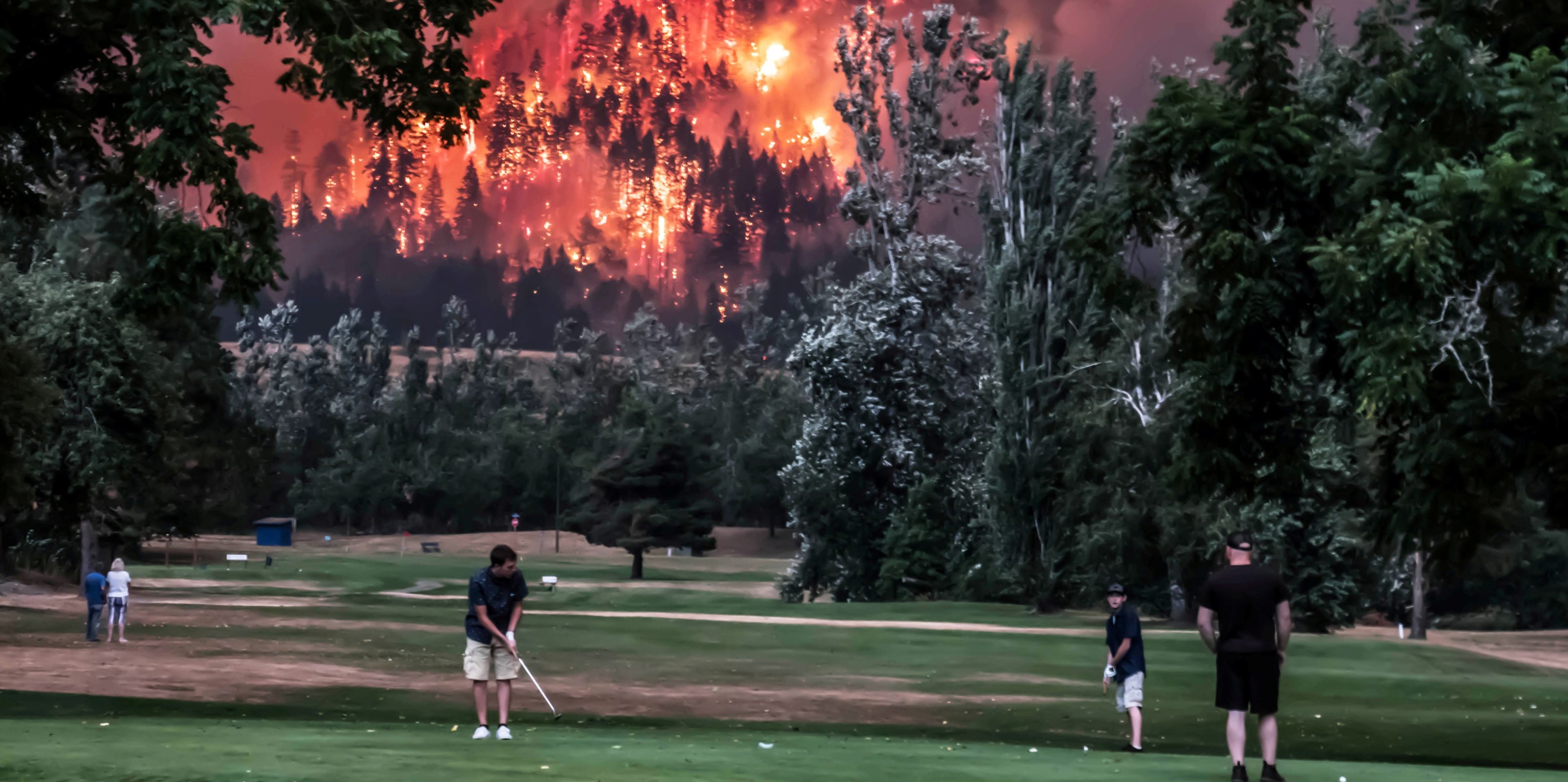Dreaming of a Beige Christmas? You’re in Luck!
Remember when it would snow consistently and persistently? When a semi-reliable blanket of white covered trails, slopes, fields and yards from late October through early April? I don’t either, but old timers insist that winters were more predictable a generation ago. Now two inches of flurries is considered a “storm”. Sad!
The view out your window may resemble bad oatmeal, but this will be considered a white Christmas for the metro, as far as NOAA is concerned. The definition is an inch or more of snow on the ground December 25. Ironically parts of Texas and Oklahoma may have more snow for Christmas than MSP. Which is just wrong.
No chance of any snow until next Friday. Our big weather story is a reinforcing clipper Christmas Day, with temperatures holding in single digits across most of Minnesota; a chill factor dipping to -15F. All things considered a Minor League Polar Punch.
A few inches of snow may complicate travel Christmas Eve from Des Moines to Chicago. Models hint at a potentially big snowstorm for New England New Year’s weekend.<p>Here at home? Cue the crickets.
 Thursday Snowfall. It just doesn’t want to snow in or near the Twin Cities. Go figure. Source: Twin Cities National Weather Service.
Thursday Snowfall. It just doesn’t want to snow in or near the Twin Cities. Go figure. Source: Twin Cities National Weather Service.
Estimated Snow Depths. There’s snow on the ground over southern Minnesota from Thursday’s “storm”, a few inches up north as well, but precious little snow over parts of the central Minnesota and the Twin Cities metro. For the latest snow cover from NOAA click here.
Who Will See a White Christmas This Year? Here is U.S. snow cover as of Friday, December 22, based on NOAA data. Much of America will not see a white Christmas this year.
Sloppy Storm Pushes Across Ohio Valley into Northeast. Here is 12km NAM model guiddance, showing mostly rain for big east coast urban areas, but a couple inches of slushy snow from the Ohio Valley into New England. Source: Tropicaltidbits.com.
84-Hour Snowfall Potential. Not much snow for most of Minnesota and Wisconsin into Christmas Day, but NAM guidance prints out a few inches from near Wichita Falls and Oklahoma City to Tulsa and Joplin, eastward to Indianapolis, Cleveland and much of interior New England. New York City may pick up a couple inches of accumulation between now and Monday.
Old Man Winter Pulls His Punch. No, it probably won’t get as cold as many of the models were predicting earlier this week. That said, next week will still get your attention with highs in the single digits and teens with 3-4 nights below 0 F. At this latitude, at this time of year, that’s more of a cool front, right? Twin Cities ECMWF forecast: WeatherBell.
Cold Bias Northern USA Continues. Yesterday’s 2-week GFS forecast for 500mb winds looked considerably milder (originating from the Pacific). Not today – there’s still a Mother Lode of bitter air over Hudson Bay by January 5, and some of that subzero air will probably impact the Upper Midwest, Great Lakes and New England. That said, the flip-flopping of solutions back and forth leaves us with a very low confidence level for the extended outlook. Nothing new there.
January Preview. NOAA’s climate model, the CFSv2, is forecasting cooler than average for January from the Great Lakes and Mid South into the Mid Atlantic, but considerably warmer than normal for much of the western USA. Source: WeatherBell.
Interesting Correlation. No, just because we’ve only picked up 5″ of snow in the metro doesn’t mean we have NO chance of average snowfall this winter. But NOAA statistics suggest that winters where we have 5.1″ or less by December 20 go on to produce an average snowfall (30 winters) of closer to 35″ – vs. 50″, which is closer to the long-term average.
Twin Cities Snowfall Since 1994. The last time we had above-average snowfall was 4 winters ago – close to 70″ fell. In stark contrast only 22″ of snow fell during the meager winter of 2011-2012. Data: MN DNR.
Ice Deaths in Minnesota at Highest Level in Years – It’s Only December. With our recent warm temperatures the ice on many lakes is still far from safe. GoMN has the troubling details: “There have been more ice-related deaths in Minnesota this winter than in the previous two winters combined – and it’s only December. Two women died in separate incidents in northern Minnesota over the weekend, when the ATVs they were riding broke through thin ice. Their deaths brought the total number of ice-related fatalities this winter to five. All of these incidents involved a snowmobile or ATV, the Minnesota DNR told GoMN, and includes the death of a couple who drowned on Upper Red Lake in November. The past two Minnesota winters have seen a total of two ice deaths, according to figures sent to GoMN by the Minnesota DNR...”
Photo credit: “An incident on Rice Lake in 2015 – the last winter in Minnesota to have at least five ice deaths.” St. Louis County Rescue Squad, Facebook
A Vulnerable Power Grid: Let’s Invest in Critical National Infrastructure. Here’s an excerpt of a story at TheHill: “…We take reliable electricity for granted in the United States. Electricity is the lifeblood of our socioeconomic heartbeat. Beyond major events that make the news, what happens when a circuit trips at work or a storm affects power to your home? Virtually all activity stops. Outages are usually brief, manageable annoyances. But like our roads, bridges and dams, our electric power system is an aging part of our national infrastructure that requires long overdue modernization. The electrical grid faces pressure from both ends of its vast transmission and distribution network. Nearly 400,000 miles of high voltage transmission lines and 16,000 interconnected substations serve this intricate system. Nearly 5 million miles of low voltage distribution circuits and 60,000 stations serve large cities and remote rural areas. Although we frequently hear about the potential for terrorists to hack transmission and distribution networks, the unaddressed decay of these massive systems presents a greater opportunity for disaster...”
Map credit: FEMA.
Global Disasters in 2017 Cost $306 Billion – Nearly Double the Cost of 2016. Here are a couple of excerpts from a story posted at Quartz: “Hurricanes, earthquakes, and wildfires ravaged the world in 2017, as they do each year. But the economic loss from this year’s global disasters cost us more than usual. Insurance firm Swiss Re, which makes this calculation every six months, estimates the economic loss in 2017 to be $306 billion, which is almost double 2016’s loss of $188 billion (and also much higher than the 10-year-average of $190 billion)… This year saw the US hit with more powerful hurricanes than in the past 12 years. Hurricanes Harvey, Irma, and Maria are estimated to have contributed $93 billion to the annual economic losses from global disasters. Wildfires in California, which continue to rage, will add another $7 billion. And thunderstorms in central and southern states in the US will contribute $2.5 billion…”
Photo credit: “Unequal world.” (Reuters/Kristi McCluer).
2017 Atlantic Hurricane Season. Check out an excerpt of Wikipedia’s entry: “The 2017 Atlantic hurricane season was a hyperactive, deadly, and extremely destructive season, featuring 17 named storms, ranking alongside 1936 as the fifth-most active season since records began in 1851. The season also featured both the highest total accumulated cyclone energy (ACE) and the highest number of major hurricanes since 2005. All ten of the season’s hurricanes occurred in a row, the greatest number of consecutive hurricanes in the satellite era. In addition, it was by far the costliest season on record, with a preliminary total of over $369.86 billion (USD) in damages, which is nearly three times the cost of 2005’s total, and essentially all of which was due to three of the season’s major hurricanes — Harvey, Irma, and Maria. This season is also one of only six years on record to feature multiple Category 5 hurricanes, and only the second after 2007 to feature two hurricanes making landfall at that intensity. This season is the only season on record in which three hurricanes each had an ACE of over 40: Irma, Jose, and Maria…”
Thirty Years of Atlantic Hurricanes. Here’s an excerpt from Axios: “…Each line represents the life of a storm as recorded by NOAA. The higher the line within each year, the higher the recorded wind speed. Storms that reached Category 5, the strongest of the strong, are highlighted in red. Mouse over each storm to see the name, dates, and highest recorded windspeed of each storm.”
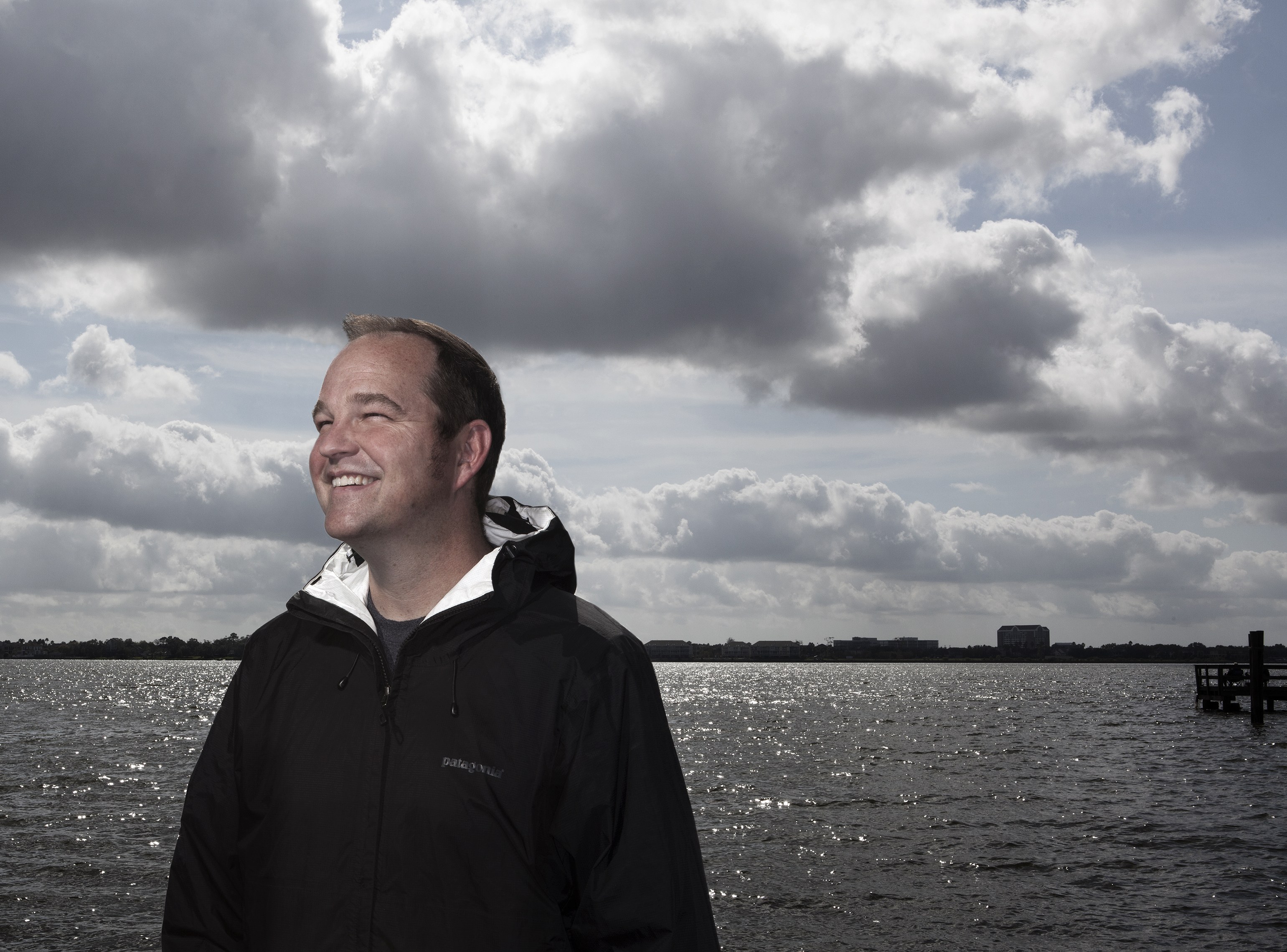
Meet the Unlikely Hero Who Predicted Hurricane Harvey’s Floods. Once again – tipped off by the ECMWF (European model). Well done, Eric. WIRED.com has the story: “…There is one model he has come to trust and rely on more than any other: the European Centre for Medium-Range Weather Forecasts’ Integrated Forecasting System, more popularly known in the US as the European model. Funded by 22 EU members and 12 cooperating states, the European model is sometimes shockingly accurate, in part because it’s so well financed and its computing power is stronger than most. With Harvey, it suggested that the storm would stall over Houston, dumping 25 inches of rain or more before eventually moving on. That synced with Berger’s own analysis of the weather patterns in the atmosphere. He detected a troublesome absence of steering currents, the forces that push hurricanes to wherever they’re headed next, and without those currents, the European model’s forecast of a stall made a lot of sense. Given the sum of the evidence before him, Berger felt confident in one fearsome prediction, and he wrote as much: Big-time floods are coming to Texas...”
Photo credit: “Leisure-time meteorologist Eric Berger looked at the models and thought “Big-time floods are coming to Texas.” Brent Humphreys
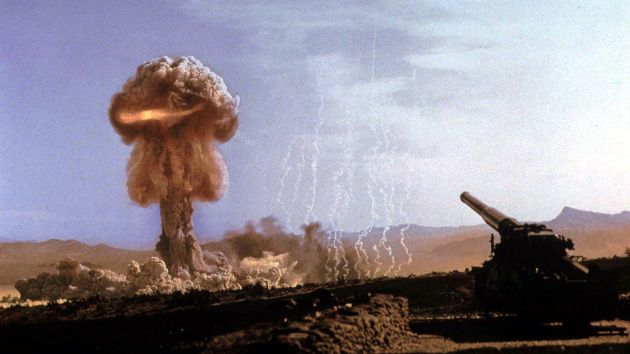
U.S. Nuclear Tests Killed Far More Civilians Than We Knew. Quartz has the story: “When the US entered the nuclear age, it did so recklessly. New research suggests that the hidden cost of developing nuclear weapons were far larger than previous estimates, with radioactive fallout responsible for 340,000 to 690,000 American deaths from 1951 to 1973. The study, performed by University of Arizona economist Keith Meyers, uses a novel method (pdf) to trace the deadly effects of this radiation, which was often consumed by Americans drinking milk far from the site of atomic tests. From 1951 to 1963, the US tested nuclear weapons above ground in Nevada. Weapons researchers, not understanding the risks—or simply ignoring them—exposed thousands of workers to radioactive fallout…”
Photo credit: “The first and only test of an atomic cannon at the Nevada Test Site. What could go wrong?“(Reuters).
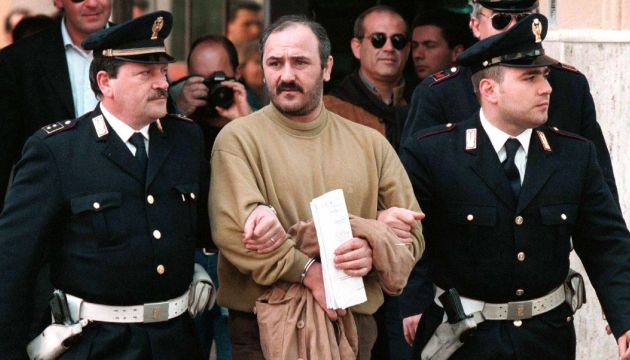
How a Severe Drought in Sicily in 1893 Created the Mafia. I was skeptical too, but read on, courtesy of Quartz: “Historical links between climate and political uprisings are well documented. A drought in France in 1788 resulted in widespread crop failure (pdf) and soaring food prices, which historians believe stoked the French revolution of the following year. More recently, four years of drought in Syria between 2006 and 2010 created mass unemployment, contributing to the civil war that rages to this day. A provocative new paper makes the case that a drought also created the world’s most notorious criminal organization…”
Photo credit: “You can thank 19th-century weather patterns for today’s mob.” (Reuters)
Antarctica: Can Ancient Flood in Bible’s Book of Genesis Explain Mysterous Fossilized Forest? Newsweek has an interesting story; here’s a snippet: “A fossilized Antarctic forest, older than the dinosaurs, might hold evidence of the legendary biblical flood from the tale of Noah’s Ark. Scientists announced the discovery of the fossilized trees in Antarctica’s Transantarctic Mountains in November. They believe the forest is the oldest one known to exist in the southern polar region, according to Breaking News Israel. They proposed that the ancient trees preserved a record of a large-scale global die-off event, which raised the planet’s temperature to dangerous extremes and turned its oceans acidic, and ultimately wiped out 95 percent of species on Earth. But they were left with the question of what exactly was the catalyst for those changes. At least one biblical scholar believes he has the answer: The die-off event was the Great Flood described in the Book of Genesis…”

What Makes Some Men Sexual Harassers? Science Tries To Explain the Creeps of the World. Here’s a blurb from an interesting story at The Washington Post: “…In study after study, we’re seeing that power makes you more impulsive. It makes you less worried about social conventions and less concerned about the effect of your actions on others,” said Dacher Keltner, a psychology professor at the University of California at Berkley. One of Keltner’s experiments, for example, found that people who see themselves as wealthier were more likely to cut pedestrians off on a crosswalk. Another found that those who felt powerful were even more likely to take candy from children. Other experiments have shown that powerful people become more focused on themselves, more likely to objectify others and more likely to overestimate how much others like them...”
Photo credit: “Time magazine has named the “Silence Breakers” of the #MeToo movement as its Person of the Year.” (AFP photo/Time Inc./Billy & Hells).

Has Apple Lost Its Design Mojo? A story at Fortune weighs in: “…Highly respected developers and designers have weighed in with damning criticism. Tumblr cofounder Marco Arment admires most Apple design, but says, “Apple designs in the post-Steve era have been a little off-balance. The balance seems too much on the aesthetic, and too little on the functional.” Don Norman, a former member of the Apple design team (1993–1996) who now heads the Design Lab at the University of California, San Diego, beats the drum that Apple has abandoned user-centered design principles. “They have sacrificed understandability for aesthetic beauty,” he says. Not everyone agrees, of course. Says Steve Troughton-Smith, an Irish developer of sleek iOS apps, “I have enough historical context to understand that these things have no relation to [Steve Jobs’ departure], and are not a new aspect of being an Apple user. Things like USB cables and iTunes were bad for many years under Jobs too, and I have a collection of frayed Firewire-to-30-pin cables to remind me of that...”
Photo credit: “The new iMac Pro, which retails for $4,999.” Courtesy of Apple.

A Female Programmer’s Four-Decade-Long, Insider View of Silicon Valley. Lenny Letter has some good advice for women hoping to break through and move up: “Ellen Ullman’s latest book, A Life in Code, relays her experience through many of our major cultural tech moments: Y2K, the rise (and fall, and rise, and fall) of artificial intelligence, the emergence of the Internet, and the runaway growth of Silicon Valley over the past two decades. Ullman insists she is only a programmer, but she is also a sharp observer of Silicon Valley culture. Ullman’s view as a woman on the inside of tech is incredibly rare, but her ability to remain within the system for decades without letting it consume her is still rarer.While Silicon Valley abhors pessimism, Ullman reminds us that sometimes positivity about new possibilities is the result of an incredibly narrow view. It takes an expansive imagination or even just a willingness to explore different perspectives and walks of life, to see how good intentions can actually hurt without consideration for people who may lead different lives than the standard white, male tech-company founder...”
Illustration credit: Zoe van Dijk.
The Ideal Workweek, According to Science. A story at How We Get To Next had me nodding my head in agreement. Being on call 18 hours a day, 7 days a week, takes a toll on creativity. Disconnecting from work and Internet is harder than ever: “…While researching his recent book, Peak: How All of Us Can Achieve Extraordinary, Ericsson studied how Nobel Prize-winning authors organize their schedules. “We found that they spend roughly around four hours a day writing, and the rest of the day recuperating and preparing for their next writing session the following day,” he tells me. This pattern, Ericsson says, is also reflected in the schedules of successful musicians and athletes. “These individuals are highly motivated to reach their highest level of performance and realize that they can only concentrate maximally for around four hours a day, often broken down to hour-long sessions with 15- to 20-minute breaks.” A huge collection of research by other scholars backs Ericsson’s conclusions. A five-day workweek packed with extended working hours is, few experts dispute, suboptimal….”
The Most Subversive Way to Travel. How We Get To Next has a fascinating tale about the bicycle. A force for democracy?
For First Time Ever, More Women Than Men Going Into Med School. Quartz has the numbers: “It’s finally time to put the old stereotype about male doctors and female nurses away for good. According to new data this week from the Association of American Medical Colleges, female students outnumber male students in this year’s entering class at US medical schools, for the first time in history—and enrollment trends overall suggest there may well be more women in the medical field than men in the near future…”
Mariah Carey’s “All I Want for Christmas” May Become Most Popular Pop Song Ever. Quartzy explains: “All I Want for Christmas Is You” might be on its way to becoming the most popular US pop song of all time. I know, it’s tough to believe, but hear me out. Mariah Carey’s Christmas anthem is already among the 20 best-selling singles ever, with over 14 million copies sold. Among the most popular songs of all-time, it is the only one getting more popular. The song was released in 1994, and in December 2017, for the first time, it cracked the top-10 of the Billboard Hot 100, the music industry’s standard for ranking current song popularity. Carey has already earned about $60 million in royalties on the song since its release, according to the Economist. The current best-selling single of all time is Bing Crosby’s “White Christmas,” which has a big head start on “AIWFCIY”:” since it was released in 1942, the holiday classic has sold over 50 million copies. But in recent years Carey’s song has become more popular than Crosby’s...”
Photo credit: New York Daily News. “Just in time for Christmas, Mariah Carey’s yuletide earworm has hit a new high note.” (James Devaney/WireImage).
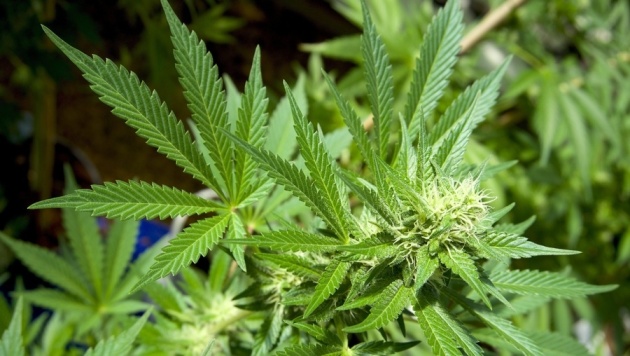
Elderly Couple Says 60 Pounds of Pot Was for Christmas Presents. WGAL.com has the head-scratching story: “An elderly couple who was arrested in Nebraska with 60 pounds of marijuana in their truck told officers that the drugs were meant to be Christmas presents. The York News-Times reports the couple was arrested Tuesday by the York County Sheriff’s Department after they were stopped for a traffic violation. Officers found the bags of marijuana in the Toyota Tacoma driven by the 80-year-old man and 83-year-old woman. They said they were driving from California to Vermont. The couple was being held in York County jail on suspicion of felony drug charges.”
SATURDAY: Intervals of sun, chilly. Winds: NW 7-12. High: 20
SATURDAY NIGHT: Patchy clouds. Low: 9
CHRISTMAS EVE: Mostly cloudy, few flakes for Santa. Winds: W 7-12. High: 19
CHRISTMAS DAY: Cold Christmas. At least the sun is out! Winds: NW 8-13. Wake-up: 0. High: 8
TUESDAY: Blue sky, a fine Arctic breeze. Wake-up: -8. High: 3
WEDNESDAY: Cold start, days getting longer right? Wake-up: -12. High: 10
THURSDAY: Chance of light snow or flurries. Winds: SE 10-15. Wake-up: 0. High: 16
FRIDAY: Period of light snow possible. Winds: SE 8-13. Wake-up: 8. High: 19
Climate Stories….
Meet the Lawyer Trying to Make Big Oil to Pay for Climate Change. VICE has the story; here’s an excerpt: “…The reason not to dismiss Berman is that he has a history of proving doubters wrong. When he entered the legal fight against tobacco companies in the 1990s, mainstream opinion was that he would be unsuccessful. The owners of brands like Marlboro and Camel had crushed hundreds of lawsuits attempting to link cigarettes to cancer and emphysema. “No one had ever won a tobacco case,” Berman said. His own law partner was wary of getting involved. But in late 1998, the industry surrendered and agreed to pay out hundreds of billions of dollars. The People Vs. Big Tobacco, a book about the case, described Berman as one of the “crucial players.” The stakes are even higher in his big oil lawsuit. Berman is not just trying to get oil companies to pay for seawalls in the Bay Area. In a broader sense he’s attempting to hold them responsible for endangering all human life on earth...”
Trump Resort in Ireland Will Build Seawalls to Protect Against Climate Change. Here’s a clip from US News: “…The 38,000-thousand ton barrier would protect holes one, nine and 18, the Independent reported. Joe Russell, the general manager of Trump Doonbeg, is happy with the decision and said the resort is excited to expand. In the first application, Trump cited “global warming and its effects,” including rising sea levels and water erosion, as reasons for the wall, Politico reported, despite his statements calling global warming and climate change “a total hoax.” Global warming was not listed as a reason in this application…”
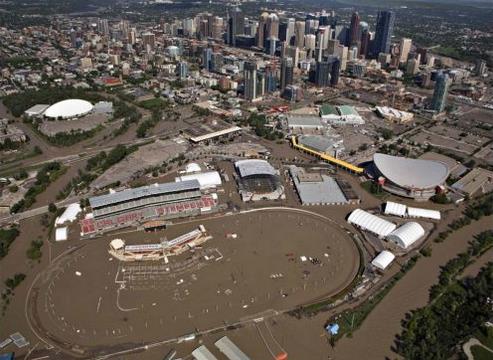
Going Full Doomsday: Reporters Must Convey the Perils of Climate Change Without Paralyzing Their Audience. Here’s an excerpt of an article at Columbia Journalism Review: “…Generating worry can lead to behavioral change, according to the research on risk communication. “However, if you generate absolute terror, you can have the opposite effect,” says Sharon Dunwoody, a journalism professor emerita at the University of Wisconsin-Madison who studies public understanding of science and the environment. The scarier the threat, says Dunwoody, the more likely people are to tune out. In “The Uninhabitable Earth,” Wallace-Wells “is making a concerted effort to scare the bejesus out of us.” Journalists can play a crucial role in helping the public understand how to think about climate change and what can be done to reduce the impacts. But the strategies required to reach six (or seven) different climate-change audiences are far from obvious. Doomsday scenarios might work for some people, but not for others…”
File image of 2013 Calgary flooding: Andy Clark, Reuters.
Climate Refugees Set to Increase: From Climate Nexus Hot News: “Climate change may vastly increase the number of refugees pouring into Europe, new research has found. A study published Thursday in the journal Science examines asylum applications in the EU between 2000 and 2014 in relation to extreme weather events in origin countries, finding that applications tended to increase when temperatures deviated from ideal crop-growing conditions of around 20 degrees C. The authors conclude that applications could grow by a quarter by the end of the century if emissions are curbed–and could increase by 188 percent if emissions are left unchecked.” (Washington Post $, New York Times $, AP, The Guardian, Time, Reuters, Grist, Newsweek, The Atlantic, Earther)
File photo: U.S. Army.
As Snow Disappears, A Family of Dogsled Racers in Wisconsin Can’t Agree Why. Here’s an excerpt from an explanation at InsideClimate News: “…Now the ideal image of dogs, humans and a sled careening silently across snow is facing a new challenge as the climate warms and the weather weirds. The Iditarod, a thousand-mile race across Alaska that is the most famous of sled dog races, had to be rerouted two of the last three years as its organizers chased snow-covered terrain. In Wisconsin, since 2001, about one-third of the sled races failed to happen, primarily because of lack of snow. “I definitely see a trend where things are not like they used to be,” said Jan Bootz-Dittmar, a champion sprint musher on snow and dry land who’s been running dogs for 40 years. Last year, insufficient snowfall caused half of the snow races in Wisconsin to be cancelled. “That affects me,” she said in the cafe as she munched on potato chips in lieu of lunch, “and it pisses me off…”
Photo credit: “With snow becoming less reliable, many dogsled racers have turned to dryland racing, with rigs on wheels replacing traditional sleds.” Credit: Meera Subramanian.
HEATING UP: From Climate Nexus: “2017 will rank among Earth’s top 5 warmest years (Mashable), scientists just presented a sweeping new estimate of how much humans have transformed the planet.”(Washington Post $)
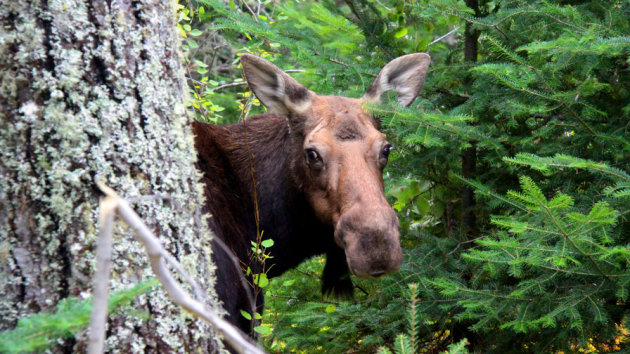
Moose May Be the Real Canaries in the Coal Mine. A story at Big Think explains: “…A team of ecologists from Michigan Technological University (MTU) in Houghton have recently released the first results of their study of Isle Royale moose as living, breathing manifestations of changing climate conditions. Moose thrive in the cold, and while the Keweenaw continues to be frigid by human standards, with roughly 300 inches of snow per year, it’s not as cold as it once was. “The conditions you’re born into have a massive impact on not only how big you are but also how long you’re going to live,” says Sarah Hoy, a research fellow of MTU’s School of Forest Resources and Environmental Science. “This idea isn’t new — what we’re trying to do is establish how climate warming is affecting this iconic, cold-adapted species. We found evidence suggesting that moose experiencing a warm first winter tended to be smaller as adults and live shorter lives...”
Photo credit: “Moose on Isle Royale.” (ALS PICTURES)

Should People Be Taxed Based on their Energy Footprint? Here’s an interesting concept, explained in an Op-Ed at Quartz: “…So, if our current tax systems don’t penalize damage to the planet and can be side-stepped by the nomadic, hybrid lifestyles unlocked by technology, one solution could be to shift from disconnected national taxation systems to a collaborative global regime, whereby individuals are charged on the basis of their personal energy footprint. Those eating and living locally, rarely traveling on airplanes, and using recycled or multi-purpose materials would be taxed less than high-living internationals fueling their lifestyle with imported products and jet travel. Equally, those whose job requires frequent travel and a high-energy footprint would pass the tax bill on to their employers, compelling companies to factor ecological impact into their bottom line...”
Photo credit: “An energy footprint-based tax system would accelerate our transition to a regenerative economy and help us fight climate change.” (Reuters/ POOL New).

